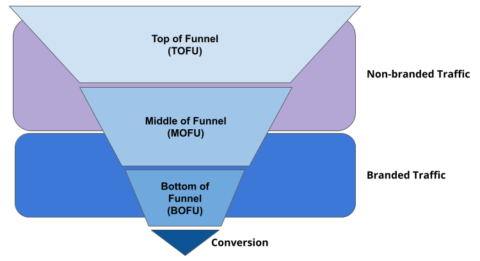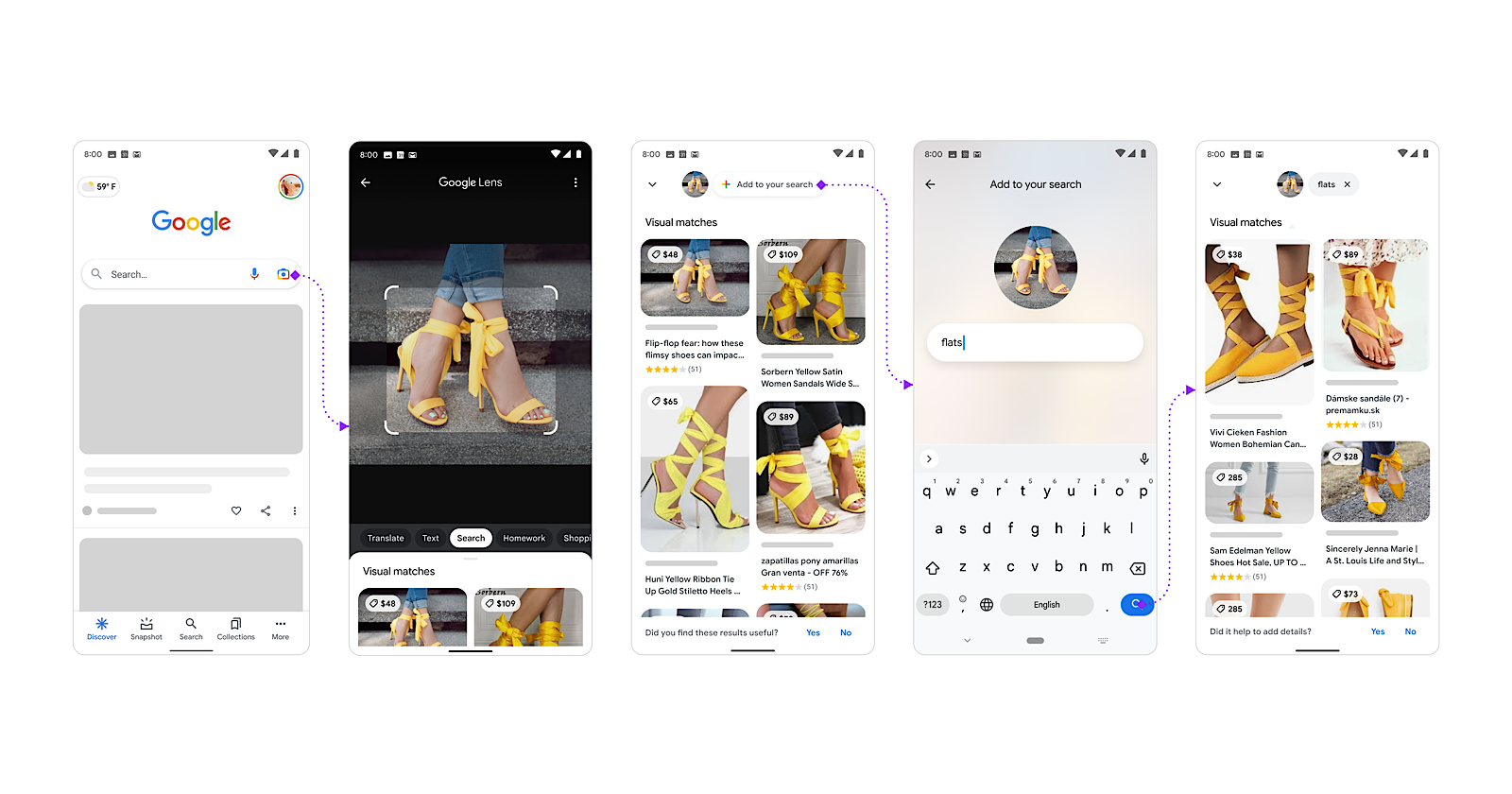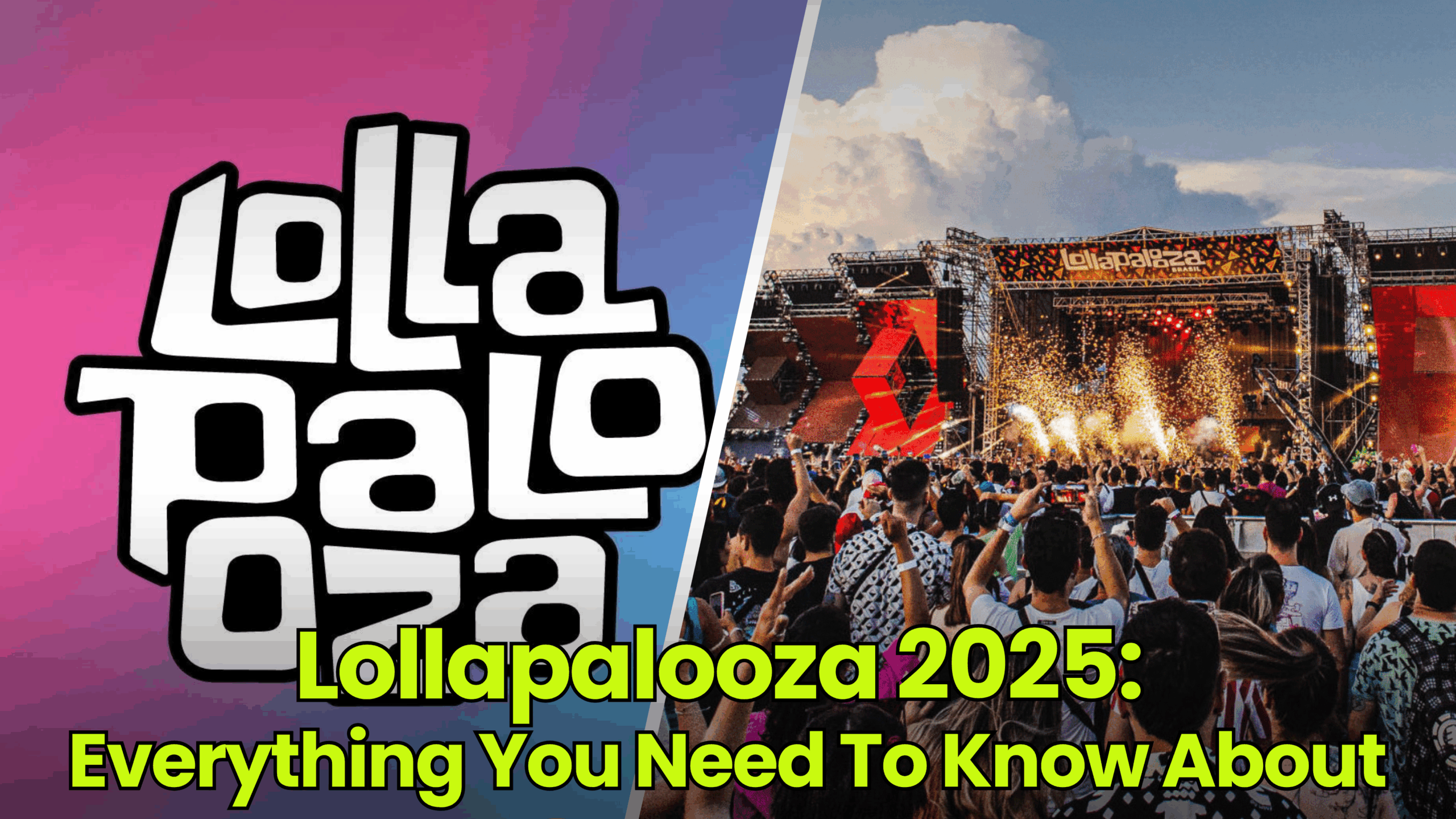Why Brand Awareness Is The Fifth Pillar Of SEO
In this article, you'll learn about why SEO marketers should consider brand awareness as the fifth pillar of SEO. The post Why Brand Awareness Is The Fifth Pillar Of SEO appeared first on Search Engine Journal.

Search engine optimization (SEO) is a marketing practice for increasing a website’s organic traffic through search engines.
It consists of techniques in four key areas: keyword and content, technical SEO, on-site SEO, and off-site SEO.
These four areas are typically considered the four pillars of SEO. They work together to help a website rank well on search engines.
However, even as extensive as these four pillars are, an SEO strategy isn’t complete if it ignores brand awareness.
In this article, you’ll learn why SEO marketers should consider brand awareness as the fifth pillar of SEO.
The First Four Pillars Of SEO
Before we look into the fifth pillar, let’s review the first four pillars of SEO:
Keyword And Content
Content rules – and keywords are the foundation of search.
A good piece of keyword-optimized content is the building block of an SEO strategy.
Technical SEO
Great content is insufficient if the website hosting doesn’t have a sound technical foundation.
Technical SEO covers areas like indexability and performance of the website.
It ensures a website loads its pages fast, and search engines can easily crawl the content.
Notably, Google has developed a set of metrics called Core Web Vitals to measure a web page’s technical performance and usability.
On-Site SEO
This pillar helps search engines understand the page’s content by creating a better website structure and its pages.
Site navigation hierarchy, schema markup, page titles, meta descriptions, heading tags, and image alt text are tools to create an easy-to-understand website and page structure for search engine crawlers and visitors.
Off-Site SEO
Having great content and a great website is just the beginning.
A website can’t rank well on search engines if it lacks authority and doesn’t garner trust in its subject domain.
From the onset, Google uses the amount and quality of backlinks as an indicator to evaluate a website’s authority.
Nevertheless, even as far-reaching as these four areas appear in creating a search-optimized website, they can only help drive part of your website’s search traffic, i.e., the type of traffic coming from non-branded searches.
Non-Branded Vs. Branded Searches
What are non-branded searches, and how are they different from branded searches?
Branded Queries
They contain branded names in the search terms.
If you’re Apple Inc., the search term “apple” is a branded term.
Yes, Google knows you’re looking for the company founded by Steve Jobs and Steve Wozniak rather than the fruit. Moreover, “iPhone,” ‘iPad,” and “MacBook” are also branded terms.
Branded searches are conducted by people looking for information, especially about your brand or products.
Non-Branded Queries
On the other hand, non-branded queries don’t contain any branded name in the search terms. Again, for Apple Inc., “laptop,” “smartphone,” and “tablet” are non-branded terms related to its products.
Non-branded searches are from people who may not know about your brand or products but are looking for information about the type of products or solutions you offer.
With this in mind, for a brand as strong as Apple, you may think its search traffic is largely from branded searches. And, for the most part, you’d be correct.
According to Semrush, more than half of search traffic to Apple’s website comes from branded searches.
Why Is Branded Search Important?
Branded search traffic not only reflects the level of interest of a specific brand, but also has higher commercial intent and a higher conversion rate.
Generally speaking, non-branded search traffic feeds the upper part of the marketing funnel, and branded search traffic feeds the lower part of the funnel.
A brand needs to grow both types of traffic to maintain a healthy and growing business.
 Image created by author, August 2022
Image created by author, August 2022
That said, most businesses don’t have the level of brand recognition like Apple’s.
What can marketers do to drive branded search traffic to a website?
Different Traffic Drivers For Non-Branded And Branded Searches
As illustrated by the formula below, search traffic is driven by two factors: keyword search volume and clickthrough rate (CTR) on the search engine results page (SERP).
A website with high aggregated keyword search volume and clickthrough rate will have high search traffic.
Search traffic = Keyword search volume * Clickthrough rate
Wait a minute! Where does keyword ranking fit into the equation?
Keyword ranking is, in fact, a critical factor in determining the clickthrough rate.
The higher your keywords rank, the higher the clickthrough rate you get.
According to Advanced Web Ranking, position #1 on Google can have a 38% CTR. CTR drops to about 5% on position #5 and stays around 1% or below after position #10.
Bearing that in mind, how do the four pillars of SEO contribute to a website’s search traffic?
They help a website increase its search traffic in two ways:
Maximizing the aggregated keyword search volume through keyword research and targeting. Improving keyword ranking to achieve a higher SERP clickthrough rate through valuable and keyword-optimized content, technical SEO, and on-site and off-site optimization.Nevertheless, the problem is that these SEO techniques work on mostly non-branded searches only.
They have limited effect on branded search, because branded search and non-branded search have different traffic drivers.
Non-Branded Traffic Driver
For non-branded search, a website can harvest a virtually unlimited amount of keywords and aggregated search volume.
The main lever of non-branded search traffic is improving your target keywords’ ranking to gain a higher clickthrough rate and capture a larger share of the search clicks.
Branded Traffic Driver
For branded search, assuming your website is already ranked No. 1 for your brand name (if not, you need to fix this problem first), ranking is generally not an issue.
As the brand owner, you always have an advantage on Google for your branded keywords.
The main lever of branded search traffic is simply increasing your branded keywords’ search volume.
However, the first four pillars of SEO have little effect on getting more people to search for your brand or your products.
As a result, they are ineffective on branded search.
How To Grow Brand Awareness & Branded Search
In short, branded search traffic results from a brand’s awareness and interest.
People wouldn’t search for your brand if they didn’t know or have any interest in your brand or your offerings.
To grow brand awareness and interest, you need to increase a brand’s visibility to its potential customers, develop authority, and garner trust for the brand.
Content marketing and the growth of non-branded search traffic could help increase brand awareness.
However, solely relying on people coming to your website to learn about your brand and offerings won’t take you very far.
To grow brand awareness at scale, marketers need to bring their brand to their potential customers. You can’t just wait for them to come to you.
Luckily, there are plenty of tools in the digital marketing arsenal to help marketers build brand awareness, including advertising, influencer marketing, customer marketing, and digital PR.
Advertising
At AdRoll, we classify advertising into two categories: retargeting and brand awareness campaigns.
As the names suggest, retargeting campaigns target people who have engaged with you (e.g., visited your website), and brand awareness campaigns target potential customers who have not yet interacted with you.
Marketers can choose from several targeting methods to bring your brand to potential customers.
Contextual Targeting
Contextual targeting is one of the oldest advertising targeting methods.
Think of a hotel chain placing its ads in a travel magazine. A brand can place ads on websites or mobile apps with content relevant to its products or services.
A big difference between contextual targeting and other targeting methods is that contextual targeting doesn’t rely on personal or behavioral data about the target audience.
It’s a more privacy-friendly way for marketers to find and connect with their potential customers.
With regulators and technology companies looking at ways to improve consumer privacy protection, the importance of contextual targeting to advertisers is likely to increase.
Demographic And Interest Targeting
Demographic and interest targeting leverages your knowledge of existing customers to find new customers.
Suppose your customers fit into any specific demographic segment or are interested in certain activities or subjects. In that case, you can bring your brand to potential customers by running ads targeting people with similar demographic characteristics or interests.
Lookalike Targeting
Lookalike targeting is similar to demographic and interest targeting.
But, instead of manually defining the target audience segment based on a list of demographic or interest attributes – advertising platforms use machine learning technologies to find target audiences who look or behave similarly to the seed audience provided by marketers.
The seed audience is typically a subset of existing customers.
Influencer Marketing
Influencer marketing covers a broad range of tactics for leveraging someone who influences your target customers to promote your brand and products.
Even before the digital age, it was common for big brands to hire famous athletes or celebrities to endorse their products. Think Michael Jordan and Nike in the ‘80s.
Today, “influencers ” are social media personalities who have built a following with a particular audience.
The vast number of influencers on social media also means influencer marketing is no longer a privilege available only to those brands with deep pockets.
Marketers can recruit influencers at very low or no cost by reaching out to those who have shown interest or already invested in the niche you serve, including your customers (more on that in the next section).
While many influencer marketing activities are in the B2C sector, it also works for B2B.
Customer Marketing
When you shop at an ecommerce marketplace, such as Amazon, you might look at the product reviews before making a purchase decision.
The number and rating of a product’s reviews are also ranking factors for product searches on Amazon.com.
The more people review a product and the higher the review rating, the more visibility and traffic a product gets.
The same logic applies even if Amazon may not be the channel for your business.
For B2B SaaS providers, customer reviews on G2, Trustpilot, etc., play the same role.
For direct-to-consumer (D2C) brands, customer reviews and sharing on social media bring your brand and products to new customers and help establish trust for your brand.
Take Halfbikes.com as an example.
This D2C company from Bulgaria has a team of brand ambassadors – their customers – all around the world to promote its brand and product simply by sharing their experiences on social media.
Some of their customers even created YouTube channels dedicated to Halfbikes.
Digital PR
Among all the strategies driving brand awareness, digital PR is the one most directly related to SEO. In fact, it’s often considered “link building 2.0.”
The main difference between link building and digital PR is that link building focuses on acquiring links from other websites.
In contrast, digital PR focuses on bringing your brand to your target audiences through stories published in relevant and high-quality publications.
The types of stories vary depending on the industries and subjects.
Take Facebook’s name change to Meta. In that context, the topic of how consumers perceive the metaverse, for instance, could make an interesting story for B2C marketers.
Because well-known publications usually have very strict link policies, digital PR prioritizes brand visibility and reach, whereas link acquisition is a secondary goal.
Brand Awareness Is The Fifth Pillar Of SEO
One of the goals of a comprehensive marketing strategy should be to grow a brand’s awareness – just as a comprehensive SEO strategy should aim at growing both non-branded and branded searches.
While non-branded search traffic is driven by keyword ranking, branded search traffic is mostly driven by the search volume of the branded keywords.
The more people are aware of and interested in a brand, the higher branded search traffic a brand gets.
Given the different growth drivers of branded and non-branded searches, SEO professionals need to include brand awareness as a pillar of SEO.
More resources:
Tips For Top-Performing Brand Awareness Campaigns On Facebook Ads 8 Quick SEO Wins For Your Brand New Website 4 Tips For Measuring Your Brand Lift In Google SearchFeatured Image: batjaket/Shutterstock

 BigThink
BigThink 











![7 Ad Copy Tests To Boost PPC Performance [With Examples] via @sejournal, @jonleeclark](https://cdn.searchenginejournal.com/wp-content/uploads/2022/01/ad-copy-tests-62398a4d7d97d-sej.png)



















